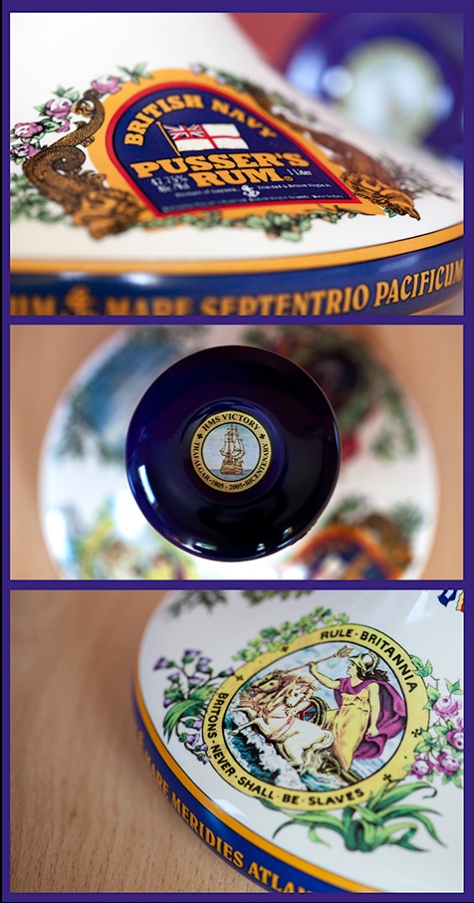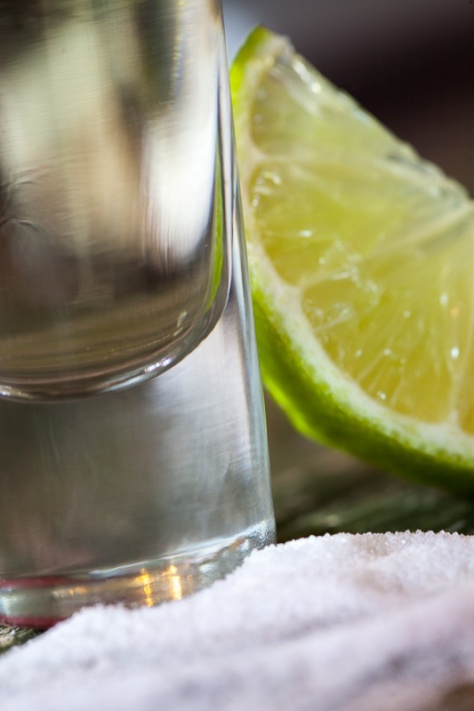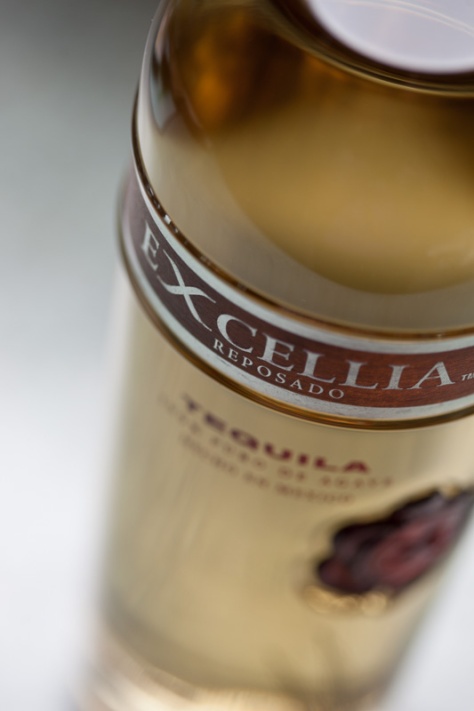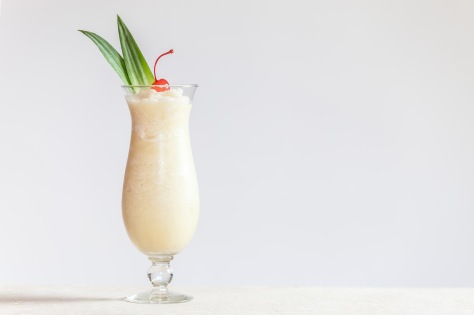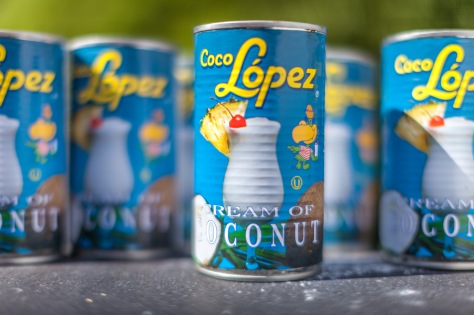As a bartender, there are two questions I get asked more than any other and neither of them have a ‘proper’ answer. The first one is often “How many cocktails can you make?” And the second “What’s your favourite cocktail?”
For the first, even though the reality is a figure close to infinity, people tend to be super-impressed when I shrug and casually suggest a thousand. This question is most often asked by people who don’t have a full working knowledge of cocktails.
The second is much more difficult to answer. I mean, if I were to be completely honest, it would be the Martini, it is one of the icons of cocktail history and I have one tattooed on my arm. No other drink has inspired, created, or ended, so many discussions, fights, relationships, paintings, writings or images as this sleek, subtle concoction but to be honest, they are not the most exciting of drinks and in most circumstances, people are trying to find out which of my own creations I rate the highest.
This is also quite difficult because I have several award-winning cocktails of which I’m immensely proud, especially Ariadnes Boudoir and French Rock n Roll which use very challenging ingredients as their base and never fail to surprise the people who claim to hate those spirits.
I suppose it’s a bit like being asked which is your favourite child. Impossible to answer BUT, like in the case of my mom, there is one which stands out as being a bit special (and you can read into that any way you want sis!)
I created the (or as I should refer to it, MY) Serendipity whilst I was tending bar at Sugar Lounge in Manchester in 2001. A group of managers from the UCI Cinema at the Printworks had taken to coming in during the late afternoon, one of whom I knew from my childhood village (Thorngumbald in the East Riding of Yorkshire if you’re interested) when asked for something ‘off piste‘, I threw together a combination of flavours I thought worked well together and was quite pleased with the finished result as were they – several were ordered and consumed, not only by the cinema staff but also by other customers who had entered the bar and had been persuaded to try it by Alison and her friends.
I decided to call it Serendipity because it was, at the time, my favourite word. I had been exposed to it through a character in the Aussie soap Neighbours affectionately called ‘Dippy’ but whose real name was Serendipity. There had also more recently been a film of the same name released (which I’ve never seen incidentally) and it was because of this link, I thought the UCI girls would like it and they did.
Over the next few weeks, we would get people coming into the bar asking for a Serendipity much to the chagrin of Beau who had been on shift with me that afternoon and had to ask me for the spec so he could make them himself. It was at that point I realised I had a ‘signature’ drink. I put the Serendipity on the list of subsequent bars I opened, Cosmopolitan Spirit, Harvey Nichols and Obsidian where they were the biggest-selling cocktails without a doubt.
In the wake of it’s reception at Sugar Lounge, I decided to use the Serendipity in the finals of the CLASS Magazine competition. Over the course of a year, Maxxium sponsored a competition which involved monthly heats which involved sending in a recipe containing that month’s featured product. The winners of each heat were invited to London for the grand final at 57 Jermyn St.
In the final, you had to present the drink that you used in your winning heat plus another cocktail of your choice using brands from the Maxxium portfolio. It was indeed serendipitous that my Serendipity could be made using their products.
The final itself was a big deal and it was my first big competition in London and one of the only competitors from outside the capital. I spent the afternoon prepping and getting ready sat next to one of the only their guys I vaguely knew from other trips to the Big Smoke. A guy rocked up with a cassette recorder – “I’m a journalist doing a piece about the competition and I’ve been speaking to a couple of people who have been tipped to win” he said to the guy next to me – he never looked in my direction over the entire course of the evening LOL
The only thing I really remember about the comp itself was that I felt pretty relaxed San I was excited to be making drinks for one of my heroes King Cocktail himself Dale DeGrof who was on the judging panel and that because I was using cranberry juice in my drink, I sourced canned Ocean Spray to use because Dale had recently done a promo of cocktails for them using it and as I opened the can I said “Dale, this song is for you!”
So I don’t know if it was the quality of my drinks or my outstanding wit which did it but I’ll also never forget the announcement of the results which went something like “Third place <such and such a person>” {loud cheering and applause} “Second place <such and such a person>” {raucous cheering and applause} “and in first place, Jamie Stephenson from Manchester” {stunned silence}
I’d made my mark and will always have a special place in my heart as a result. I won a fortnight in Barbados for winning the comp and kickstarted a run of big competition wins. Though it may not be the BEST drink I’ve ever created, it’s still damned good for what it is, especially in an era of lower alcoholic requirements. I will never get tired of pulling this one out of the bag.
Serendipity has evolved over different venues and cocktail lists due to the fact that it shared many similar ingredients to the Slow Walk in the Woods that I had created for the Beefeater International Bartenders Competition. On a fairly small list, I didn’t think there was room for two cocktails using Sloe Gin as a base so I switched the Serendipity to Raspberry Vodka as the Stoli Razberi at the time was really nice and fairly innovative as far as flavoured vodkas went. This decision was further justified when I opened Obsidian and was able to use Citadelle Raspberry. Nowadays it can be with either the Vodka or Sloe Gin but currently I’m leaning towards the Ginny version given the time of year.
Obviously, as it was a Maxxium competition, it was originally made with Plymouth Sloe Gin which is very good and would still be the perfect choice were the Sipsmith Sloe not better suited. I think the fruit flavours are much more pronounced and there is a bit more of a spirity ‘bite’ which give more depth to the finished drink.
Chambord has always been a constant. I think I MAY have used a Crème de Cassis on the day of the comp for branding reasons but it really isn’t a Serendipity without it. I fell in love with Chambord on my very first visit to London which was my only purchase that day and from Harrods no less (I didn’t know of Gerry’s back then) It is another product which I have a particular sentiment for and one I will always stock – I’m not embarrassed to say it. (Midori being another)
So that’s it, the story of the Serendipity. Ah well, it isn’t quite is it? Of course in the days before Google and when C.L.A.S.S. Was the ultimate resource for style bars around the world, there only appeared to be one Serendipity but of course we know now that another one predates mine.
I recently took my Serendipity on tour to the Hemingway Bar at Ritz, Paris to the creator of the original Serendipity, Colin Field. His disdain for my version was almost Gallic but it only served to remind me of the dismissal Myers initially gave it that afternoon at Sugar Lounge so I think he’ll come around eventually LOL
The only thing they have in common is the name – the two drinks are nothing close to similar but a Serendipity at the Hemingway bar is an experience in itself and Colin is a most genial host, his presence is comforting and welcoming very much like when you’re in the presence of Maestro Calabrese.
So there we go, the final word on the subject.
Okay it’s not, I still like mine better. 😉
Serendipity
35ml Sloe Gin
15ml Chambord
10ml Monin Vanilla Syrup
15ml Lemon Juice
4 or 5 Blackberries
50ml Cranberry Juice
In a shaker, give the blackberries a quick muddle in the syrup, add the other ingredients and shake very well.
Double strain into a tall glass filled with crushed ice and garnish with a blackberry and a slice of lemon
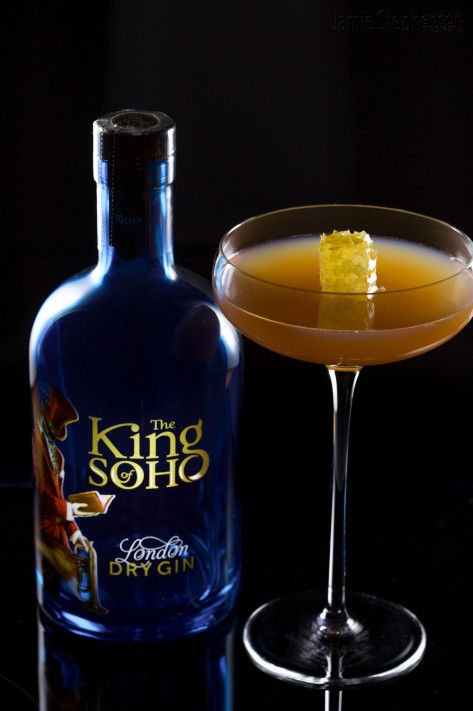 I came across the idea for this recipe whilst reading a book on the origins (and myths) of poplar words and phrases.
I came across the idea for this recipe whilst reading a book on the origins (and myths) of poplar words and phrases.











